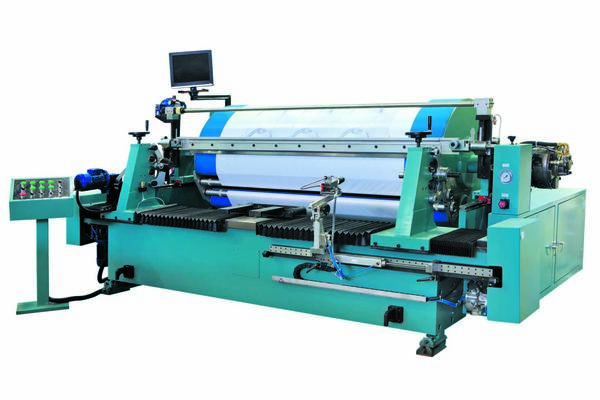Overprinting is not allowed to appear during proofing. There are four general reasons for this. The drum is not incremented properly, and the proof is different in the distance between the different color plates on different units.
The roller ellipse, so that the performance on the proof is a registration within a week, some sets are not allowed or the misalignment distance between the color plates is large and small.
The substrate is not taut, in which case no color plate can be set. Or the substrate is stretched too tightly, so that it is deformed during the proofing process. In this case, the overprinting errors of the first few color plates are larger, and the smaller the back.
It is necessary to pay attention to the problem of proofing and overprinting. In the case that the plate cylinder is incremented, it is generally only possible to register in the first week of proofing, and then there is an equal overprinting error between the color plates, which is normal.

In addition, poor ink transfer is also a frequent failure, mostly related to temperature, humidity, and the speed at which the ink dries.
Generally in the summer, because the temperature is higher, the ink dries faster, so it is easy to produce a dry plate. If the ink cannot be transferred to the substrate or the transfer is not enough, the ink at the high light will be dried in the cell. The proportion of medium slow dry solvent is appropriately increased.
When the ink and the dilution agent expire, the medium and dark adjustments become very shallow and the density in the field is basically unchanged. The viscosity of the ink is too high, and the high light is not transferred; the viscosity of the ink is too low, and water ripples are generated in the solid part.
Also, the ink drying is too slow, which causes problems such as color re-drawing and ghosting. The blanket is too hard and creates a hollow spot. The transfer rate of the ink can be increased by adding an electrostatic ink absorbing device.















